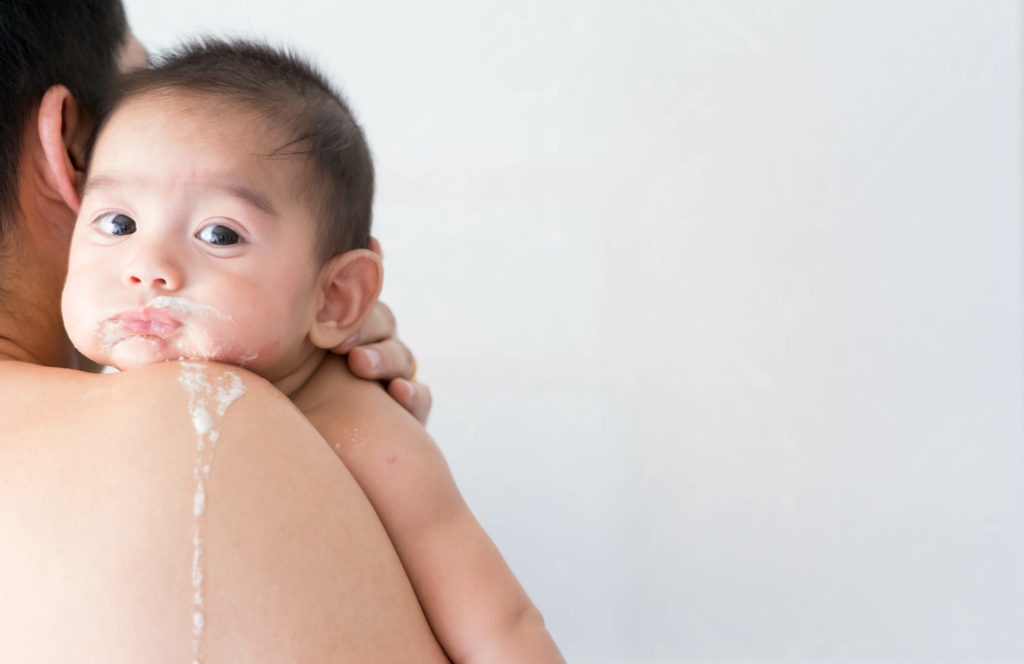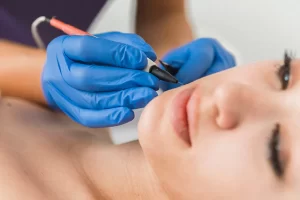Everything you need to know about acne: What causes it and how can you treat it?
It is the nightmare of millions of teenagers all over the world, and thousands of adults too: having a face full of pimples that not only affect our image and self-esteem, but can cause pain and, in the most acute cases, leave marks on the skin for years.
Acne is a disease that many people suffer at some point in their life but about which there are still too many myths and not as much information as it should. These are its causes and what you should do if you suffer.
What is acne?

Acne is a skin disease that affects the sebaceous glands. The small holes we can see in our skin if we look closely are called pores and are connected through tubes called follicles with sebaceous glands that are under the skin and produce a greasy substance called sebum. When the sebum rises through the follicles to the pores, it carries with it the dead cells that are thus expelled outwards.
When a follicle is plugged for whatever reason, the bacteria in the sebum or dead cells create an infection, and then a grain is formed. Depending on the size, infection and depth to which they are formed, they may remain in a black or white spot shin, found on the surface or just below the surface of the skin, or become a nodule or cyst, which Are inside the skin and may require some type of surgical intervention.
Most of the pimples form on the face, neck, back, chest and shoulders. They do not usually pose a serious threat to health, but can be annoying, painful and scarring.
What Causes Acne?

It is difficult to say, it is a disease of complex factors in which various causes intervene in different measures.
Genetic factors
If any of your parents had acute episodes of acne, the same thing is more likely to happen to you, because there is a link between genetics and this disease.
Genetics affect the structure of the follicle, the activity of sebaceous glands, hormone levels and immune system response to bacteria, which are some of the factors involved in the development of acne.
The hormones
When we say that acne is an intensely hormonal disease, the cause is that the hormones regulate, among other things, the activity of the sebaceous glands, the production of sebum and the immune response to the bacteria that cause acne. For this reason, stages of life such as adolescence and pregnancy are related to more likely to suffer from acne and hormonal contraceptives are sometimes used as anti-acne treatment.
Also for this, men and women suffer acne of different forms : they, during the adolescence, with episodes more severe and inflammatory; And they with less virulence during this stage but with more episodes in the later years, from 20 to 40 years, when normally they no longer present the disease.
The bacteria
Acne and especially inflammatory acne is related to the presence of a bacterium, called Propionibacterium acnes that inhabits the pores and follicles of the skin and generates molecules that trigger the immune response that results in redness and swelling typical of acne.
For this reason, antibiotics are sometimes prescribed as part of the acne treatment. However, many varieties of P. acnes have developed resistance to commonly used antibiotics, which makes their treatment difficult.
You may also like to read: Facial Fitness, lifting and firming effect How to get it?
The environment
Temperature, humidity or sunlight also affect the appearance or aggravation of acne. The cold makes the sebum of the skin more dense, which favors the clogging of the pores. Dryness of the environment can cause the skin to generate more sebum to protect itself.
The sun, allergies and other factors can influence hormone production, skin structures or bacterial colonies that end up influencing the appearance of grains.
Stress
The stress is a known factor that imbalanced hormone levels and affects the immune system, and both are involved in the onset of acne.
The diet
It is a common saying that eating greasy foods affects acne and causes more grains. Science has not been able to find evidence to support that belief, but there does seem to be a relationship between diets rich in sugars and simple carbohydrates and acne.
Fat food, chocolate or milk … Do they really cause acne?

As we say, there is a popular belief that certain foods give rise to grains: chocolate, sausages, especially greasy or dairy foods. This is not true, or not at all.
It is wrong to think that greasy foods automatically make our skin more fat, as if the fat we ingest was going to get through the pores. This is not so.
But it is true that foods like chocolate are often high in sugars, and that a diet rich in sugars increases blood sugar level, a factor that is related to the appearance and aggravation of acne outbreaks.
In the case of milk, a number of studies have linked their consumption with a higher incidence of acne. The cause could be in some hormones that contain milk (specifically a so-called insulin growth factor 1 or IGF-1), which can affect the metabolism and hormonal balance which in turn affects acne.
In any case, more studies are needed to determine exactly what the relationship seems to be between milk consumption and acne.
What should you do if you have acne?
Most cases of acne do not need specific medical attention, since they are sporadic outbreaks, not very severe and that end up disappearing with the time. The American Academy of Dermatology gives some advice on how to manage these outbreaks.
For starters, do not touch! It is difficult to resist the temptation to exploit a pimple, but try to do so. The skin will heal faster if you let it alone than if you touch and open the pimples on your own. In fact, avoid touching your skin in general, and not just the pimples.
Wash your face with warm water a few times a day, and especially after sweating. Do it delicately : use soft soaps and avoid using wipes or sponges, use the tips of your fingers. Be careful also when drying: do not rub with the towel, best soft touches and press carefully.
Avoid sunbathing and do not use tanning booths. Sunlight has UVA rays that are very aggressive with the skin, something that adds to the aggression that already involves acne. Use a suitable sunscreen (ask at the pharmacy) and put yourself in the shade.
Treatments for Acne

If acne is a problem, go to a dermatologist to recommend a topical or oral treatment. Among the first, the most common are those containing benzoyl peroxide or salicylic acid (aspirin), which cause the skin cells to renew faster, clean the pores and prevent them from clogging. These treatments require several weeks of application before their effects are appreciated.
However, it should be taken under medical prescription and following its indications, as it can cause side effects such as dry skin, lips and eyes, joint pains, anemia and changes in blood levels of platelets and triglycerides, among others. In addition, it should never be taken during pregnancy or breastfeeding, and alcohol consumption during treatment should be completely avoided.
You may also like this blog.











Post Comment